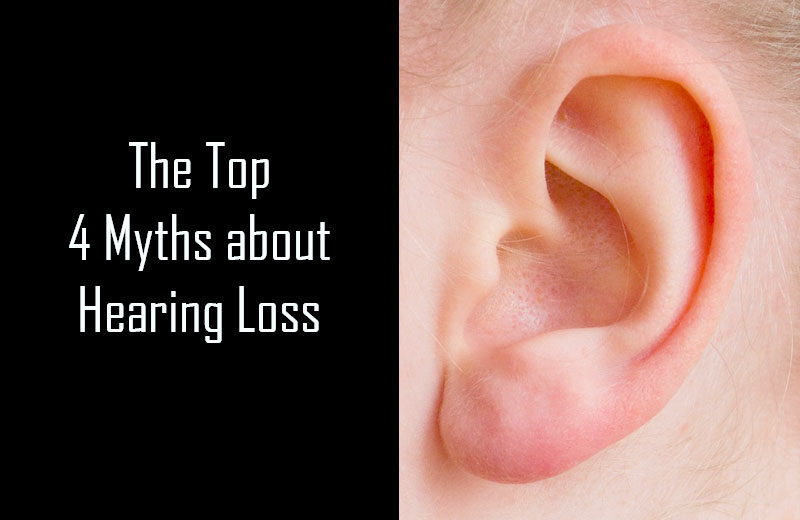According to the Centers for Disease Control and Prevention (CDC), roughly 20 percent of Americans have some degree of hearing loss. However, this condition does not just affect the elderly. In fact, it was also reported that five out of every 1,000 newborns are born with hearing loss so this not a discriminating condition. Infants, young children, teens, and adults alike are all at risk for developing hearing loss.
Despite the fact that hearing health has come a long way, there are still many misconceptions floating around. To help change your perspective and clear the air, read on to learn more about the top myths about hearing loss.
I would know if I had hearing loss
Unfortunately, you don’t always realize you have some degree of hearing loss until it becomes severe. In many cases, hearing loss can happen gradually, so the signs can be subtle in the beginning stages. Also, sometimes hearing loss can be misconstrued as selective listening or a lack of focus. Due to this, getting periodic hearing tests is recommended.
If my hearing is failing, my primary doctor will inform me during my physical
Does your physician check your teeth during a routine physical? This is as unlikely as your doctor performing a hearing test on you during a physical. Your physician is unlikely to detect changes in your hearing, so that’s why it’s important to have your hearing checked by a hearing healthcare professional annually. An audiologist is trained to administer and evaluate hearing tests, as well as recommend treatment options.
Hearing loss only affects the elderly
This myth couldn’t be any further from the truth, as hearing loss is a condition that does not differentiate. Hearing loss can affect anyone, at any age. Some people are born deaf, while others can lose it at some point in their life. In fact, noise-induced hearing loss (NIHL) is one of the most common causes of hearing loss, and according to the CDC, as much as 16 percent of teenagers have reported some degree of noise-induced hearing loss. When it comes to hearing loss, everyone is equally at risk.
Hearing aids are unattractive
Hearing aids of today are no longer bulky and ugly. Now they come in all shapes, sizes, and colors. While some are even classified as ‘invisible.’ Many of the modern hearing aids look sleek and sophisticated, and many look discreet courtesy of new technology. Behind-the-ear style hearing aids can often be hidden by hairstyles, while others can almost be completely hidden in the ear canal.





